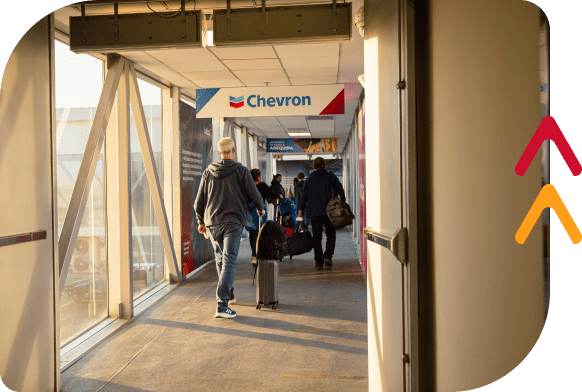
To enter the airport, the approval of access facilities must be requested.
Major and minor civil works, maintenance of machinery and equipment, general services and sanitation, surveying, sampling and monitoring, waste management and other high-risk activities
Service where no use is made of electrical, mechanical and hazardous chemical hand tools such as; removal of furniture and equipment, manual cleaning of environments, maintenance of ATMs and dispensing machines, placement of signage, maintenance of computers, valuables and other similar that are low-risk.
Office work, customer service work or other work that does not involve the use of equipment or tools, such as training, consultancies, attention to commercial premises, tastings, etc.
People who request entry to AAP facilities for work reasons that do not correspond to the provision of a service and/or execution of operational activities, whose duration is less than one day.
Solely and exclusively to address situations that compromise safety, civil aviation and the continuity of operations and that need to be solved immediately.